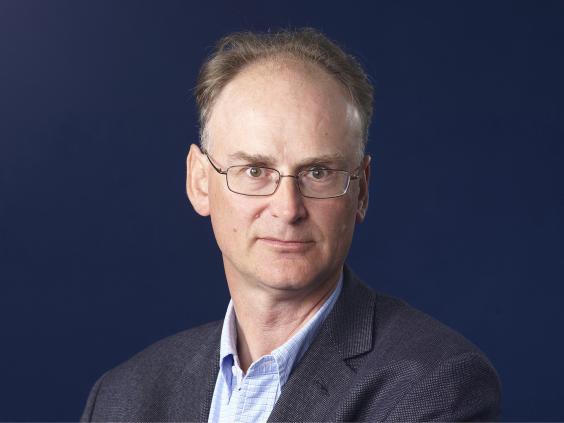.
.
Then there was the ‘climate shift’ of 76/77 which seems to be about one solar cycle’s worth of years earlier than the one featured in Paul Homewood’s post (below).LAMONT-DOHERTY EARTH OBSERVATORY – The 76/77 climate shift
http://ocp.ldeo.columbia.edu/res/div/ocp/arch/climate_shift.shtml
By Paul Homewood
http://onlinelibrary.wiley.com/doi/10.1002/2015JD023864/pdf
I have often alluded to an apparent shift change in UK temperatures in the late 1980s, something which also seems to have happened in other parts of NW Europe.
It was with interest then that my attention was drawn to the above paper, which found the same phenomena in winter temperatures, not only in the UK, but also all over the Northern Hemisphere and attempted to explain it.
Here is the Abstract:
The authors point out that many other studies have found the same abrupt winter climate change, and have all offered various theories.
The study uses examples at Seoul, Tokyo and Beijing to highlight the size of this shift:
And comments:
We can do the same analysis for the UK, where the shift seems to have occurred around 1988. The mean for 1988 to 2016 is almost a full degree higher than the 1955 to…
View original post 145 more words











![Italian earthquake series continues [image credit: Fox News]](https://tallbloke.files.wordpress.com/2016/10/italquake.jpg?w=300&h=170)
![Gal Fridman, co-founder of Aquarius Engines, with the firm's single-piston car engine [image credit: phys.org / Aquarius]](https://tallbloke.files.wordpress.com/2016/10/aquarius.jpg?w=300&h=203)
![The three star system, with two young stars closer together and one further out. [credit: B. Saxton (NRAO/AUI/NSF)]](https://tallbloke.files.wordpress.com/2016/10/threestar.jpg?w=300&h=288)



![Heathrow expects... [credit: your.heathrow.com]](https://tallbloke.files.wordpress.com/2016/10/heathrow.jpg?w=300&h=178)

![US energy sources in 2015 [credit: EIA]](https://tallbloke.files.wordpress.com/2016/10/eiasource.jpg?w=300&h=216)
![Kuiper Belt [credit: amazingspace.org]](https://tallbloke.files.wordpress.com/2016/10/kuiper2.jpg?w=300&h=107)


![Where to find Proxima Centauri [credit: Wikipedia]](https://tallbloke.files.wordpress.com/2016/10/sun_nbr.jpg?w=300&h=246)
![Small modular reactor [credit: ANS Nuclear Cafe]](https://tallbloke.files.wordpress.com/2016/06/modnuke.jpg?w=300&h=153)

![Solar flare erupting from a sunspot [image credit: space.com]](https://tallbloke.files.wordpress.com/2016/10/solarflare.jpg?w=300&h=262)
![UK Houses of Parliament [image credit: Climate Change News]](https://tallbloke.files.wordpress.com/2016/10/hp_view.jpg?w=300&h=171)
![The Kuiper Belt region [credit: theplanets.org]](https://tallbloke.files.wordpress.com/2016/10/kuiper1.jpg?w=300&h=199)
![Daimler-Benz production lines [image credit: BBC]](https://tallbloke.files.wordpress.com/2016/10/mercbenz.jpg?w=300&h=170)